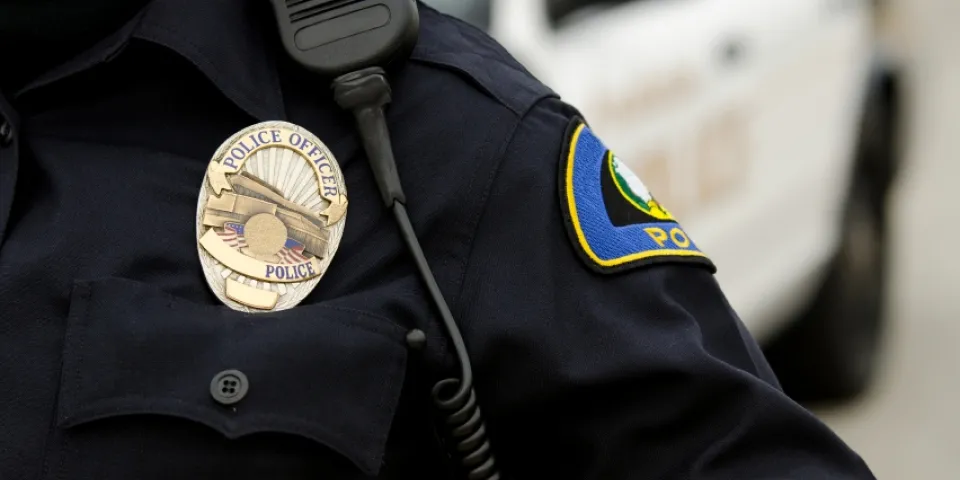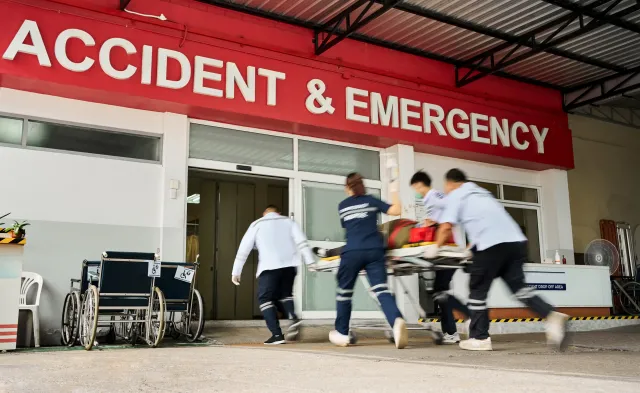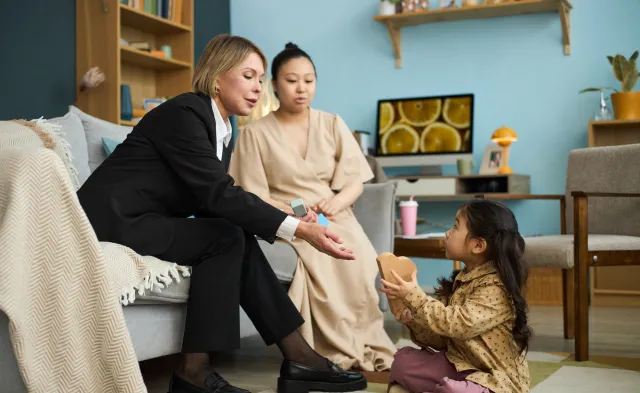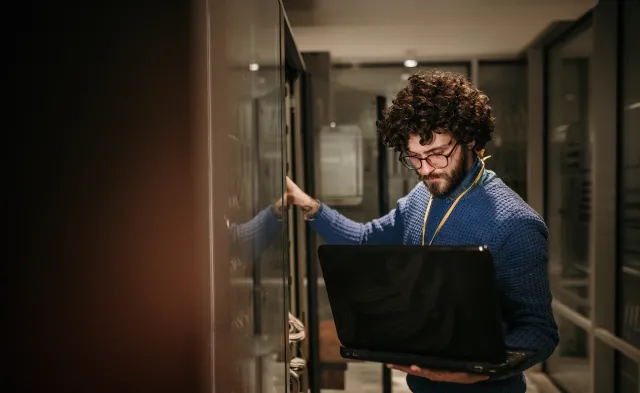Latest
The Evolution of the Police Officer’s Uniform and Why It Matters
May 10, 2016

Police officers’ uniforms have come a long way. In Milwaukee, our law enforcement officers are dressed and equipped based on what we have learned from our involvement in previous events and incidents. We base our uniform on police culture from our past to present day. You could even say our police vehicles (squad cars) have evolved to meet new expectations both from law enforcement and the citizens we serve.
The way we dress is important because it must convey a message of teamwork, unity, organization and power. The police officer’s uniform is a form of non-verbal communication. When an officer arrives on scene, his or her uniform is meant to grab your attention, command respect and demonstrate consistency, strength and competence.
So let’s examine how police officers can dress in a way that is functional and effective. Over the last few years, our basic uniform material has changed from fabrics that were not comfortable or conducive to harsh weather and scene conditions to lightweight, safer materials that provide better protection and more ease of movement. Older uniforms were too hot and heavy in summer months and unsafe at fire scenes, because the fabric could melt and cause additional burns to your body. In addition, there have been several recent studies conducted regarding uniform color and the individual message each color conveys.
The equipment that we currently carry has also changed over the years based on societal needs, lessons learned and advancements in technology. When I first walked the street more than 16 years ago, the equipment issued was a semi-automatic handgun, pepper spray, a metal whistle, a call box key (which was slowly becoming obsolete), an expandable baton, a wooden baton, one set of handcuffs and a Sam Browne belt containing storage pouches and a gun holster.
To meet the ever-changing demands of our fast-paced world and to provide safety for our law enforcement and the public it protects, our equipment has evolved to add the following: tasers, body cameras and multiple sets of handcuffs. Even our flashlights have become more effective by being streamlined, smaller in size and more light weight with extremely powerful luminosity. Patches that have long been sewed into uniforms in some law enforcement agencies and divisions have also been updated due to negative connotations represented in some of the insignias. They have now been altered to send out a more positive reflection of the communities and towns they represent and serve.
"When an officer arrives on scene, his or her uniform is meant to grab your attention, command respect and demonstrate consistency, strength and competence."
Our police vehicles (squads) have gone through a similar evolution for many of the same reasons. Some examples would be from blue and white squads to all black or black and white squads, depending on the jurisdiction. The equipment housed inside and outside of our vehicles has also changed from a very basic emergency lighting, the traditional “gumball” on the roof, to high tech LED lights that are more visible for longer distances. The radio communication system has advanced from an analog system to a digital system so that it is more secure, private and identifiable. It also allows for multi-jurisdictional and multi-agency forces to work together, providing Emergency Management, Police, Fire, and EMS full communication with one another.
These constant updates in equipment, as well as in the rules and expectations to use new equipment, are one of the reasons criminal justice education is so important. We need police officers that have strong knowledge of every piece of gear they are issued. Police officers must not only understand how to use these tools, but also the appropriate protocols for complex situations. A police officer’s uniform must be used to help create safe environments for the people he or she serves.
A police officer’s look is dictated by the history in which policing has evolved and the needs and wants of the society and community in which he or she serves. Crime is like electronics. It’s always changing and advancing. In order to keep up, police officers must adapt.
Mitch Ross started with the Milwaukee Police Department in 2000. He has been assigned to Milwaukee Police Districts #3 and #6 as a Patrol Officer and Field Training Officer, as well as assigned to the Anti-Gang Unit Squads at both districts. He has also worked in the Department's Sensitive Crimes Division, which handles crimes against children and elderly. He is a member of the Milwaukee Police Major Incident Response Team. Mitch is an adjunct instructor at the Milwaukee Police Training Academy in the following unified tactics: CPR, DAAT, Firearms, Vehicle Contacts, Professional Communications /Tactical Communications, and Leadership in Police Organization. He is currently assigned to the Milwaukee Police Department's lntelligence Fusion Center, Southeastern Threat Analysis Center Division.
BLS pay estimates calculate the median annual wage for various occupations. Per the BLS the median wage for an occupation is: "The wage at which half of the workers in the occupation earned more than that amount, and half earned less. Median wage data are from the BLS Occupational Employment and Wage Statistics survey." Bureau of Labor Statistics (BLS), U.S. Department of Labor, Occupational Outlook Handbook 2024. BLS median wage estimates do not represent entry-level wages and/or salaries. Multiple factors, including prior experience, age, geographic market in which you want to work, and degree level and field, will affect career outcomes, including starting salary and earnings as an experienced employee. Herzing neither represents that its graduates will earn the median salaries calculated by BLS for a particular job nor guarantees that graduation from its program will result in a job, promotion, particular wage or salary, or other career growth.
Latest
Recent Blog Posts
Subscribe to our Newsletter
Get the latest news you need to know, from study hacks to interview tips to career advancement. Have it delivered right to your inbox biweekly.








